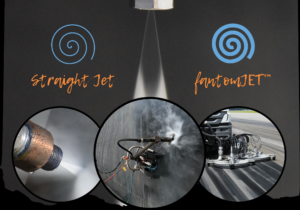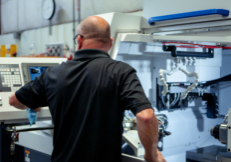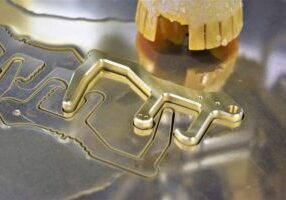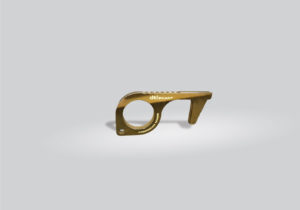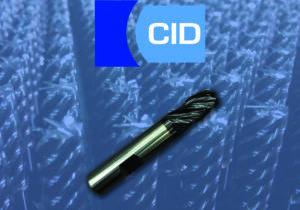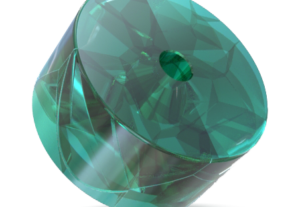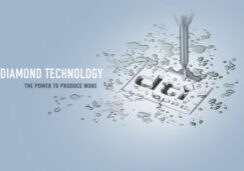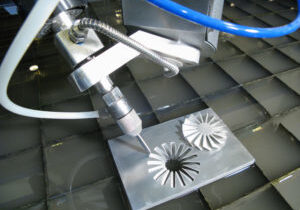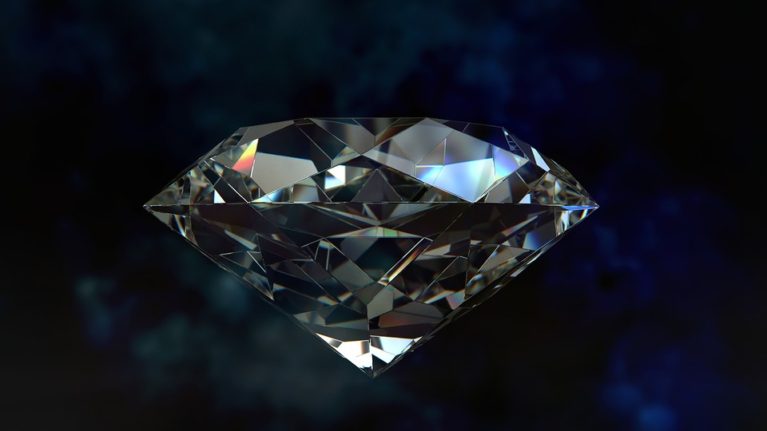
How Diamonds May Usurp Silicon in the Race to Technology’s Future
For years, inventors and futurists have worshipped diamond for its unbelievable physical qualities and attributes, but only recently has the resiliency of the material been tested in the technology world.
Recent breakthroughs in synthetic diamond manufacturing have resulted in an influx of available applications for the material whose scarcity has inhibited its practical uses. Known commonly as “culture” diamonds, synthetic diamonds are now on par with those of high-end, naturally-occurring gemstones in terms of quality, but the costs associated with sourcing them has been dramatically reduced.
Because impure diamond is an excellent electrical insulator, the potential capabilities for the material as a semiconductor are huge – perhaps even the best thermal conductors known to man. With the right amount of synthetic diamond material and equipment, the potential for high-powered, low-power microchips that work better and last longer is huge. Scientists have already suggested that diamond semiconductors could operate up to temperatures of 2,900 degrees Celsius. By comparison, silicon microchips begin fail at around 150 degrees Fahrenheit. On the other hand, cold-temperature usages have been similarly limited, inhibiting deep space travel for satellites and spacecraft, with electronics systems needing active heating units to keep them at optimal temperature.
What does all this mean for the future of computing? The early results are promising, but the future isn’t crystal clear quite yet.
Chipset manufacturers like Intel, NVidia, and AMD have all been actively working toward smaller and smaller processing units for high-end private applications and consumer-facing products like graphics cards and computer processors, but only recently have their manufacturing capabilities been able to deliver 16 nanometer (nm) units for consumer applications. Any smaller, some warn, and the potential for problems may be significantly increased.
Compared to today’s current microprocessors, which top out around 3.5 GHz, diamond microchips could run ultra-hot without a dedicated cooling system, saving owners a bundle on energy costs in addition to the dramatically improved performance.
Are the days of silicon finally coming to an end? Maybe not quite yet, but just as low-cost silicon processes helped usher the computer out of U.S. Military use and into the hands of the public, the era of diamond microchips could be the 21st century corollary to the early days of computer processing.
Share This Story, Choose Your Platform!

